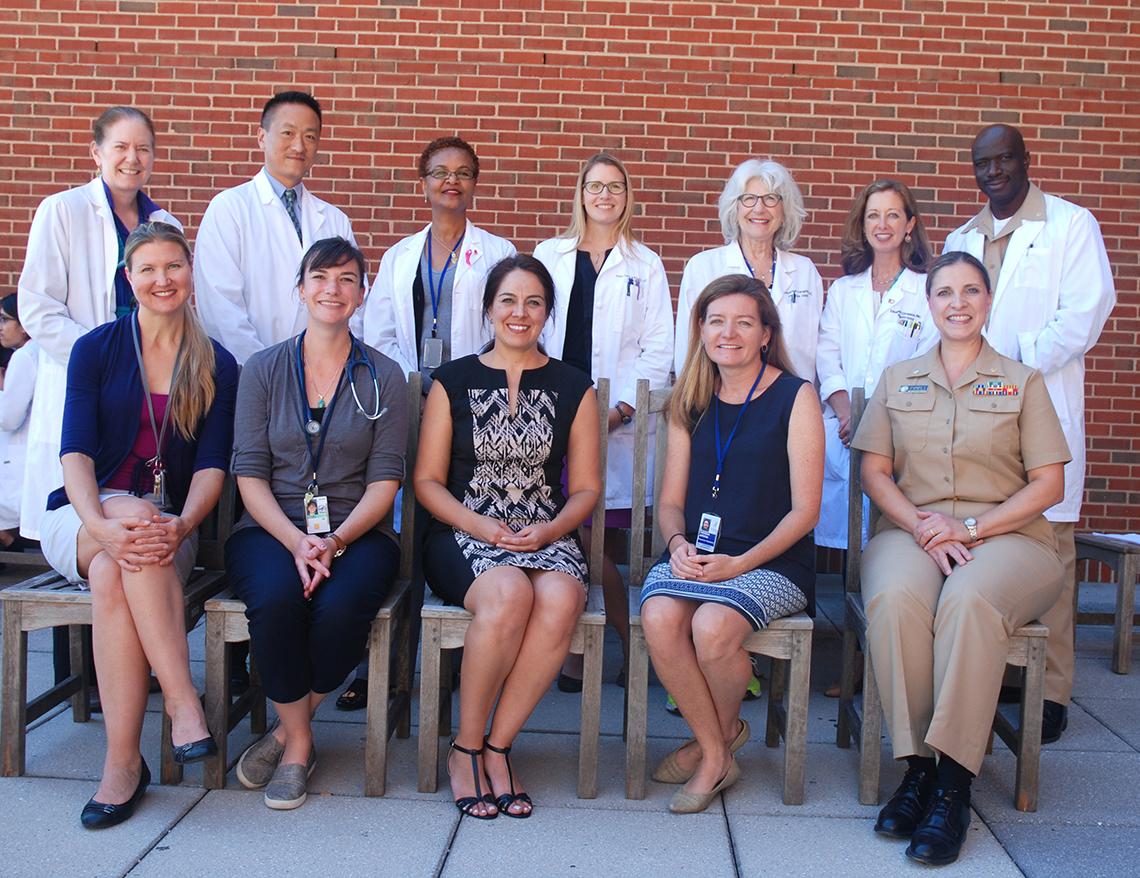Physician Assistant Profession Marks Golden Anniversary

Photo: Rich McManus
Oct. 6 marks the golden anniversary of the physician assistant (PA) profession. In the mid-1960s, Dr. Eugene Stead of Duke University Medical Center recognized a physician shortage and the need to improve access to medical care. To help remedy this, he put together the first class of PAs in 1965, selecting four Navy hospital corpsmen who had received considerable medical training during their military service. Stead based the curriculum of the PA program on his knowledge of the fast-track training of doctors during World War I.
The first 50 years have been highlighted by increasing acceptance of PAs by health care teams and, above all, by patients; the collaboration between physicians and PAs is especially effective because of their historical ties, the similarities in their education and the PA profession’s commitment to team practice. Concurrently, regulations governing medical practice were amended to allow PAs to function in a manner consistent with their training. Employers soon learned that the addition of PAs to their practice teams decreased wait times, improved patient satisfaction and ultimately reduced costs for the clinic.
In recent years, the PA profession has undergone a dramatic growth spurt, with over 110,000 PAs currently in the U.S. The PA profession has consistently been ranked among the top 10 fastest-growing occupations. Couple this with PA surveys reflecting high levels of job satisfaction and PAs enjoy a win-win situation—the patients they serve and the American health care system. The PA profession has extended internationally, with training programs in Canada, United Kingdom, Australia and the Netherlands. Currently, there are 4,800 PAs serving in the U.S. government, with 38 currently at NIH. The Public Health Service has some 200 active duty PAs serving across all of the HHS agencies as well as other federal outposts.
So what is a PA? PAs are experienced allied health care professionals who have a graduate-level medical education using the “medical model” employed in U.S. medical schools to provide care in collaboration with a physician. The rigorous full-time training spans 2-3 years and includes didactic training that focuses on primary care aspects of medicine and surgery and clinical rotations culminating in a national licensure and certification examination.
Physician assistants are required to continue their education process with a minimum of 100 continuing education hours every 2 years in addition to sitting for a recertification examination every 10 years. Besides clinical practice, PAs function in various capacities including clinical and scientific research, policy development and clinical administration.
“These first 50 years would not have been possible without the ongoing support of our physician colleagues, the medical nursing care community and, above all, the patients we all serve,” said Richard Kwan, a PA in the critical care medicine department at the Clinical Center. “Some may successfully argue that medical care is a right, but PAs know that the provision of medical care is indeed a privilege.”
For more information about physician assistants, visit www.AAPA.org.
